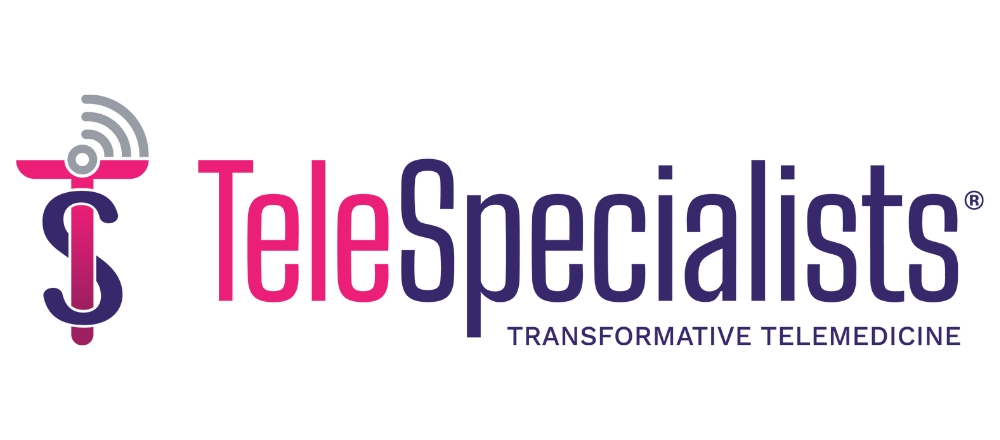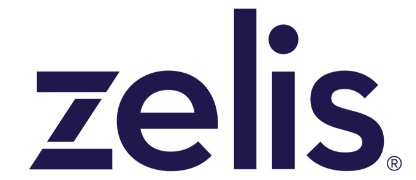
Across industries, burnout has become a crisis. From airlines to fast food, businesses are struggling to keep their rosters full. Healthcare is no exception. According to the U.S. Surgeon General, 76% of physicians and nurses are exhausted and burnt out at work. Even before Covid-19 the American Medical Association noted that doctors were burdened with an aging population – which has now been compounded by pandemic pressures. As a result, one in five physicians and two in five nurses say they intend to leave their practice in the next year, positioning the healthcare sector for exacerbated staffing problems. In light of this, the Surgeon General has released a sobering advisory warning of a healthcare provider shortage in the next few years if healthcare worker burnout is not addressed.
To attract and retain clinical staff – who are essential for the health and wellbeing of our population – health systems must find ways to relieve burnt-out workers and provide a better experience for physicians and nurses. Specifically, experiences that allow them to take time off to rest and recharge are essential. One way to do this is by reevaluating workflows – considering how processes can be managed more efficiently (or avoided altogether) to preserve valuable time for what matters most: patient care. One area that hospitals should examine are cumbersome ultrasound workflows, as improving these can address healthcare provider burnout and improve patient outcomes.
Streamlining clinical workflows to eliminate burnout
The Agency for Healthcare Research and Quality defines physician burnout as a “long-term stress reaction marked by emotional exhaustion, depersonalization and a lack of sense of personal accomplishment.” A contributing factor to physician burnout is inefficient tools that are cumbersome and complicated – a problem that has plagued traditional ultrasound workflows. These tools often involve several challenges – like difficult login functionality and medically unapproachable software. The problem is that most tools are designed with an IT user in mind, not a healthcare provider. Because these traditional workflows are complicated, unfamiliar and cumbersome, healthcare providers are required to dedicate manual effort and time to properly use them, eating into time that might be better spent at a patient’s bedside or recharging.
Examples of workflows that cause burnout might include a healthcare provider logging into several software platforms to submit orders, scan and take notes – requiring three successful login attempts and knowledge of three different interfaces to complete one ultrasound. These workflows place an unnecessary burden on healthcare providers, in addition to their already difficult jobs. Rather than have providers continually sacrifice their hours to tedious workflows, modern point-of-care ultrasound (POCUS) workflows can help hospitals respect healthcare providers’ time and reinvest in their success.
Limiting documentation errors due to burnout
By replacing mentally-taxing traditional ultrasound workflows with modern POCUS workflows, healthcare providers will be using a comprehensive, end-to-end platform that improves the quality of their work. The strongest POCUS workflows are built with the healthcare provider in mind. Modernized POCUS can help prevent burnout by emphasizing accessibility wherever the healthcare provider and patient might be – allowing providers to move more freely from patient to patient. These tools also reduce the entire clinical process to minutes, saving providers the time and stress of inputting information into a system. Finally, modern POCUS solutions run on familiar devices, such as a smartphone or tablet, making use intuitive.
Modern POCUS solutions seamlessly capture and transfer images and notes to one system so physicians can focus on patients instead of having to return to the EHR for their POCUS documentation. Improved POCUS workflow software is critical as hospitals seek to minimize burnout-related errors and stressful documentation processes for physicians.
Bringing point-of-care and treatment together, with less stress
In addition to reducing stress when it comes to conducting ultrasounds, physician-centric POCUS workflows can also have major impacts on the repetitive tasks healthcare providers are asked to perform. By collecting patient information and records at the point-of-care, modern POCUS limits the need for additional assessments, revisiting scans or hunting for clinical notes since everything is collected in real time.
Sometimes, when faced with difficult workflows and high-intensity environments, healthcare providers will bypass traditional, bureaucratic processes in favor of protecting or saving the patient’s health. This is common in the ER, where ultrasound examinations happen during the patient examination, especially in critical situations. By making documentation and images easily transferrable immediately after the imaging is performed, clinician workflow can be simplified. With modern POCUS workflows, healthcare providers can easily share patient information and provide optimal care.
The importance of better POCUS workflows
POCUS workflow technologies are an important avenue for healthcare systems to consider if they want to minimize the burnout crisis amongst healthcare providers. Investing in POCUS solutions will bring about a reduction in stress from documentation, better patient relationships and earlier treatment due to increased efficiencies.
Healthcare providers are a critical part of a functioning society and investing in them will ensure that they are set up for success, driving a better hospital experience for all parties. By adopting premier POCUS technologies, hospitals will reap the benefits of improved ultrasound processes and reduce healthcare provider burnout. It’s time to empower clinicians with better tools and better futures.
Photo: PeopleImages, Getty Images
Dr. Arun Nagdev is Exo’s Senior Director of Clinical Education. Separate from his capacity with Exo, he also serves as the Director of Emergency Ultrasound at Highland Hospital as well as a Clinical Associate Professor of Emergency Medicine at University of California, San Francisco (UCSF). In his previous academic position, Dr. Nagdev started the point-of-care ultrasound (POCUS) program and fellowship at Brown University.
This post appears through the MedCity Influencers program. Anyone can publish their perspective on business and innovation in healthcare on MedCity News through MedCity Influencers. Click here to find out how.










